
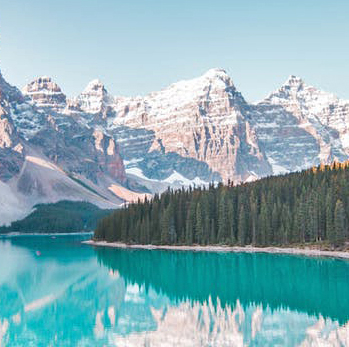
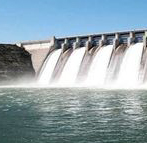
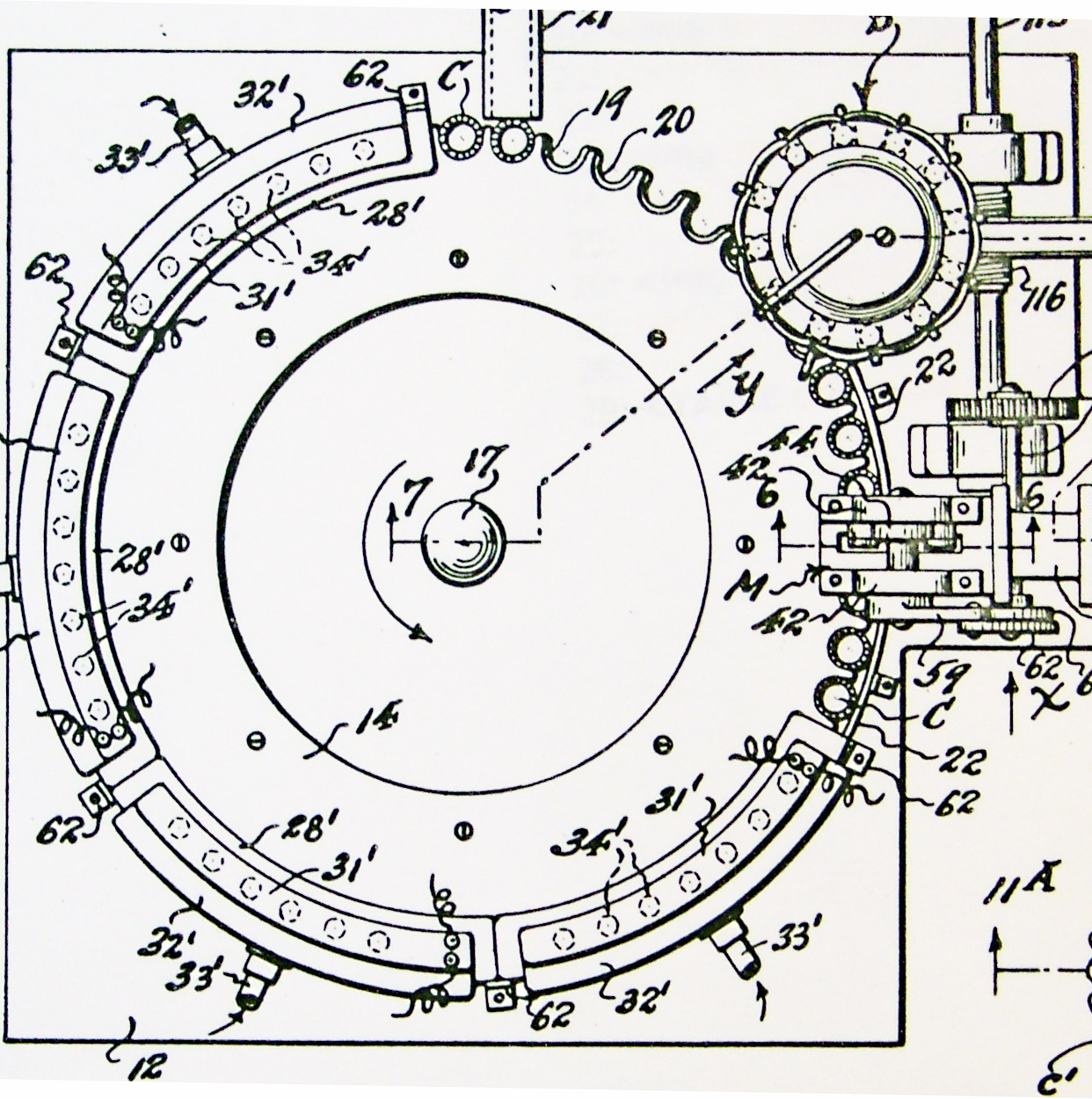
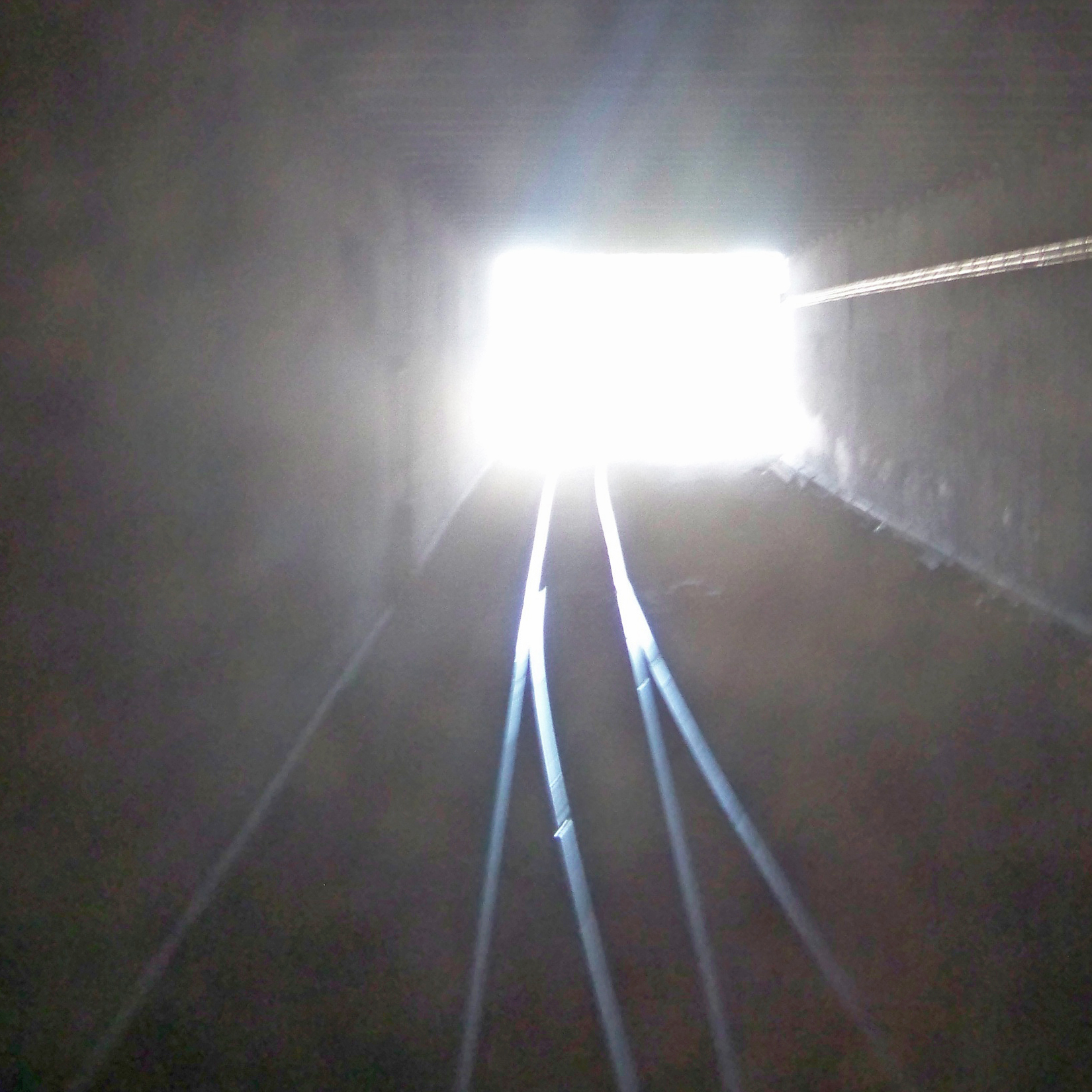
 |
America's Infrastructure 2019 |
Dictionary Definition: "Infrastructure is the term for the basic physical systems of a business or nationótransportation, communication, sewage, water, and electric systems are all examples of infrastructure. These systems tend to be high-cost investments and are vital to a country's economic development and prosperity. Projects related to infrastructure improvements may be funded publicly, privately, or through public-private partnerships." The Reality: One way or the other, ultimately everyone's well being depends on well functioning infrastructure everywhere. | America's Infrastructure Status in February 2019: "America's infrastructure is desperately in need of investment," according to the American Society of Civil Engineers. The ASCE estimates the US needs to spend some $4.5 trillion by 2025 to fix the country's roads, bridges, dams, and other infrastructure. Trump reportedly "hates" major parts of the infrastructure plan he unveiled in 2018, which proposed $200 billion in federal funding designed to finance new projects and repairs while incentivizing private investment." Reality: A federal government funding authorization has still not been enacted. . . . . . .Read this complete Business Insider.com article and the source of this information at: America's infrastructure is decaying ó here's a look at how deteriorated things have gotten. | . . . . . . . . |
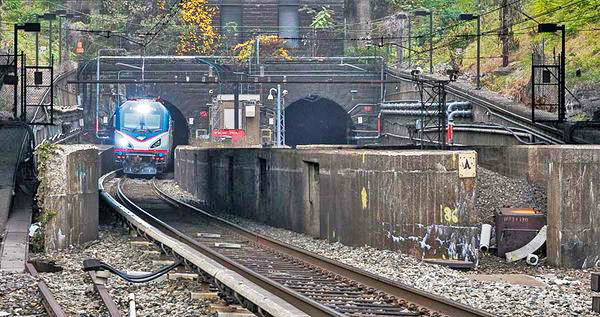 |
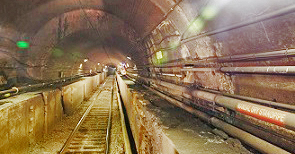 |
Hudson River tunnels. Photos: Amtrak |
Funding the Hudson River Railroad Tunnel Replacement | May 3, 2019: "The chairman of a House transportation committee said Thursday he'll get a new rail tunnel built between New Jersey and New York even if it takes legislative maneuvering. Oregon Democrat Peter DeFazio spoke at New York's Penn Station as he and several members of the House Committee on Transportation and Infrastructure prepared to tour the 109-year-old Hudson River tunnel and other rail infrastructure. The $13 billion tunnel project is mired in a funding dispute with President Donald Trump's administration that has taken on a political tinge. It also has been awaiting final environmental approval for more than a year, longer than most projects wait. | DeFazio said Thursday the House could deem the project environmentally approved, allowing it to proceed, something he said Trump has done with offshore drilling projects, for example. "Under Republican control, there have been numerous times they've waived environmental laws and just gone ahead with projects," he said. "We don't normally do that, but I find it hard to believe there's a negative environmental impact." . . . . . .Read this complete ABC7NY.com article and the source of this information at: the project environmentally approved | . . . . . . . . | Why a Rail Tunnel Under the Hudson River Is Stuck in Washington | By Stacie Sherman - with Bloomberg.com | May 28, 2019, 4:00 AM EDT | Itís widely regarded as among the most vital infrastructure projects in the U.S., but itís been canceled once and now is stuck in limbo. President Donald Trumpís administration ranks the tunnel near the bottom of 37 rated projects vying for federal mass-transit grants and loans. Proponents of the Gateway Tunnel under the Hudson River blame Trump, who they say has backed away from his predecessorís promises of federal funding and put regulatory hurdles in the projectís way. | 1. What would Gateway do? Double rail capacity between Newark, New Jersey, and New Yorkís Penn Station -- the biggest bottleneck for train traffic on the East Coast -- by digging a new rail tunnel under the Hudson River and rebuilding the single existing tunnel. It would also replace a century-old swing-span bridge over the Hackensack River, the Portal Bridge, whose malfunctioning can strand tens of thousands of travelers. Gateway also would add new tracks and concourses at Penn Station, the nationís busiest train depot. | 2. Why is it seen as so urgent? Time, salt and traffic. The existing North River tunnel opened in 1910. It is used by Amtrak for its Northeast Corridor service and by NJ Transit for its New York-bound service, and handles about 450 trains, or 200,000 passenger trips, a day. The 2.5-mile (4-kilometer) tunnel consists of two single-track tubes. During Hurricane Sandy in 2012, the tunnel was inundated with corrosive saltwater, bringing mass transit to a halt for days. The tunnel was restored to service, but corrosive substances from the saltwater remain in its concrete liner and bench walls, causing cracks and weakening the power system. . . . . . . Read this complete Bloomberg.com article and the source of this information at: Funding stuck in Washington. | . . . . . . . . |
Please note. In the past ten years, several programs and approaches were undertaken with the single ultimate goal of constructing a new railroad tunnel under the Hudson River, also referred to as the North River, to accommodate Amtrak service between Washington, DC and Boston, MA. and NJ Transit trains. Some funding was made available and withdrawn. Work started and was ended. Work to rehabilitate the existing tunnels has continued throughout and has been able to accommodate increasing number of train passengers. The Hudson Tunnel Projectís report below i provides additional background information to assist readers to form an overall perspective of the challenges. Certain goals are basic and those requirements have never changed but have become increasingly more urgent. -- Richard O. Aichele, Editor | . . . . . . . . |
Hudson Tunnel Project |
About The Project | The Federal Railroad Administration (FRA) and New Jersey Transit Corporation (NJ TRANSIT) as joint lead agencies are preparing a Draft Environmental Impact Statement (DEIS) to evaluate the Hudson Tunnel Project in accordance with the National Environmental Policy Act (NEPA) of 1969. NEPA is a law that requires federal agencies to evaluate the impacts on the human and natural environment of projects they may approve or fund. The DEIS also contains a Draft Programmatic Agreement prepared in compliance with Section 106 of the National Historic Preservation Act, a law that requires consideration of cultural, historic, and archaeological impacts. | The Project is intended to preserve the current functionality of the Northeast Corridorís (NEC) Hudson River rail crossing between New Jersey and New York and strengthen the resiliency of the NEC. The Preferred Alternative is the alternative that FRA and NJ TRANSIT have identified as best meeting the Projectís purpose and need. The Preferred Alternative would consist of construction of a new rail tunnel beneath the Hudson River, including tracks and other railroad infrastructure in New Jersey and New York connecting the new rail tunnel to the existing NEC, and rehabilitation of the existing NEC tunnel beneath the Hudson River, referred to as the North River Tunnel. | The North River Tunnel is used by Amtrak for intercity passenger rail service and by NJ TRANSIT for commuter rail service. The approach to the tunnel begins east of NJ TRANSITís Frank R. Lautenberg Station in Secaucus, NJ (which is 5 miles east of Amtrak and NJ TRANSITís Newark Penn Station). East of the Secaucus station, the NEC has two tracks that approach the tunnel on a raised embankment through the towns of Secaucus and North Bergen, NJ. Tracks enter a tunnel portal in North Bergen, passing beneath Union City and Weehawken, NJ and the Hudson River before emerging within the Penn Station New York (PSNY) rail complex in New York City. The tunnel has two separate tubes, each accommodating a single track for electrically powered trains, and extends approximately 2.5 miles from the tunnel portal in North Bergen to PSNY. The existing North River Tunnel is a critical NEC asset and is the only intercity passenger rail crossing into New York City from New Jersey and areas west and south. | Service reliability throughout the tunnel has been compromised because of the damage to tunnel components caused by Superstorm Sandy, which inundated both tubes in the North River Tunnel with seawater in October 2012, resulting in the cancellation of all Amtrak and NJ TRANSIT service into New York City for five days. While the tunnel was restored to service and is now safe for travel, chlorides from the seawater remain in the tunnelís concrete liner and bench walls, causing ongoing damage to various tunnel components and systems. | The damage caused by Superstorm Sandy is compounded by the tunnelís age and the intensity of its current use (operating at full peak period capacity to meet current demands). While safe for use, frequent maintenance is required but is disruptive to the users of the tunnel. |
Moving Forward | The purpose of the Project is: to preserve the current functionality of Amtrakís NEC service and NJ TRANSITís commuter rail service between New Jersey and Penn Station New York (PSNY) by repairing the existing North River Tunnel; and to strengthen the NECís resiliency to support reliable rail service by providing redundant capability under the Hudson River for Amtrak and NJ TRANSIT NEC trains. These improvements must be achieved while maintaining uninterrupted commuter and intercity rail service. | The new rail tunnel is being constructed so that NEC service can be transferred to it while the existing North River Tunnel is rehabilitated. When completed, the Preferred Alternative would result in transportation benefits, including increased reliability through improved resiliency and redundant operational capability. | A Draft Environmental Impact Statement (DEIS) has been prepared for the Hudson Tunnel Project, and the public had an opportunity to comment on the content of the DEIS through August 21, 2017.font color=#993300> . . . . . .Read this complete Hudson Tunnel Project and the source of this information at: Hudson Tunnel Project |
______________________ |